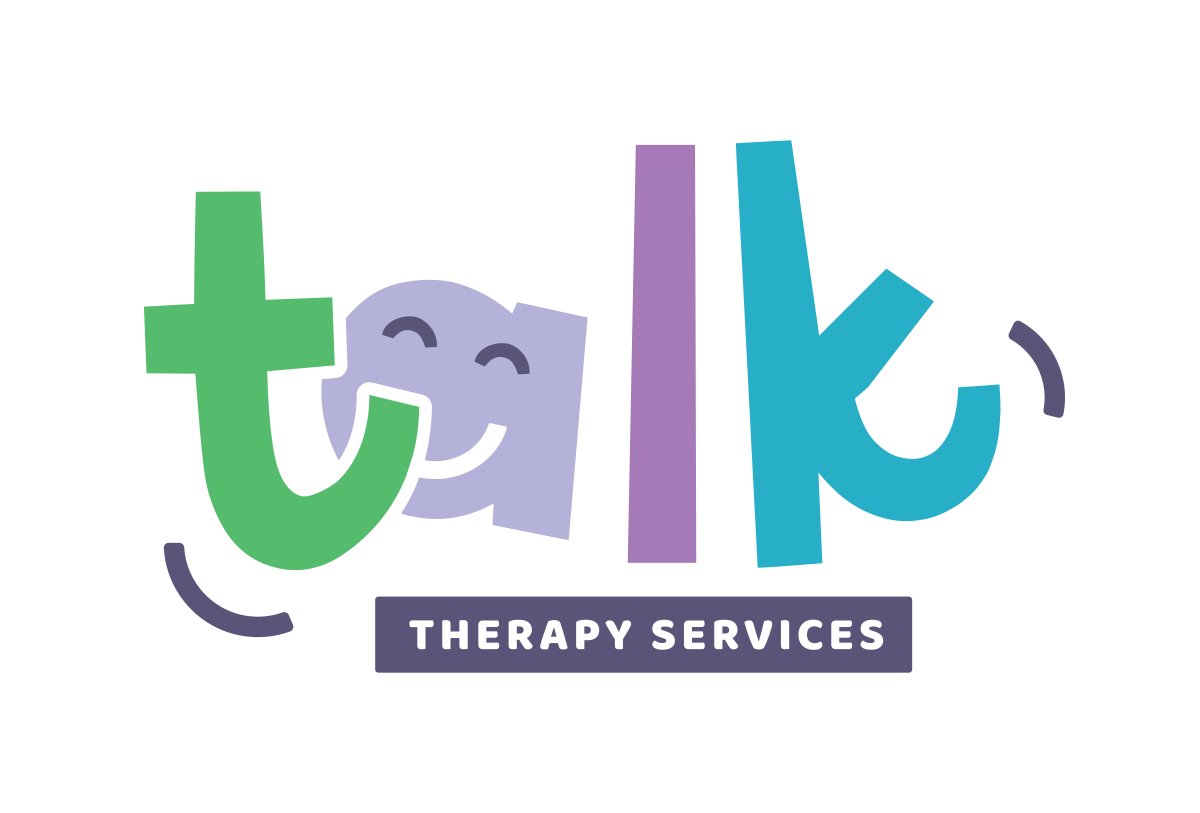Spring Into Speech: Seasonal Activities for Language Development
Spring is a season of renewal, growth, and fresh opportunities for learning! With flowers blooming and warmer weather inviting outdoor play, it’s the perfect time to incorporate seasonal activities into speech and language development. Whether you’re a speech-language pathologist, teacher, or parent, these fun and engaging spring-themed activities can help children build communication skills while celebrating the season.
Springtime Scavenger Hunt
A nature-based scavenger hunt is a great way to encourage vocabulary development and descriptive language. Make a checklist with items such as flowers, birds, butterflies, and puddles. As children find each item, prompt them to describe what they see, use complete sentences, or practice prepositions (e.g., "The bird is on the branch").
Garden-Themed Storytelling
Encourage children to create and narrate their own spring stories using a garden theme. Provide props such as toy flowers, bugs, and gardening tools to inspire imaginative storytelling. This activity strengthens expressive language, sequencing skills, and creativity.
Bug-Themed Rhyming Game
Springtime brings plenty of insects buzzing around! Use bug-themed flashcards to play a rhyming game where children match words that sound alike (e.g., "bee" and "tree," "bug" and "rug"). This helps enhance phonological awareness, an important pre-literacy skill.
Planting a Word Garden
Create a “word garden” by writing spring-related words on paper flowers. Have children categorize words by themes (e.g., weather words, animal words) or practice using them in sentences. This activity builds vocabulary, categorization, and sentence-building skills.
Rainy Day Story Sequencing
April showers bring great storytelling opportunities! Read a spring-themed book like The Very Hungry Caterpillar or Little Cloud, and have children retell the story in order. Use visual cues or picture cards to help with sequencing and comprehension.
Spring Animal Sound Imitation
Spring is full of new animal sounds! Practice imitating animal noises to help younger children develop early speech sounds. For older kids, have them describe the sounds using adjectives (e.g., “The duck makes a loud, quacking sound”).
Kite Flying and Direction Following
Fly a kite and use the opportunity to work on following multi-step directions. Ask children to “run three steps, then let go” or “turn left and pull the string.” This supports receptive language and listening skills in a fun, interactive way.
Egg Hunt with a Speech Twist
Hide plastic eggs filled with speech and language prompts. Each egg could contain a word to practice articulation, a question to encourage conversation, or a prompt for using verbs in sentences (e.g., "What is something you can jump over?").
Spring is a wonderful season to introduce fresh and engaging speech therapy activities. Whether through outdoor play, storytelling, or hands-on learning, these activities provide a fun and effective way to build language and communication skills. By incorporating the beauty and excitement of spring, children can blossom in their speech and language development!

